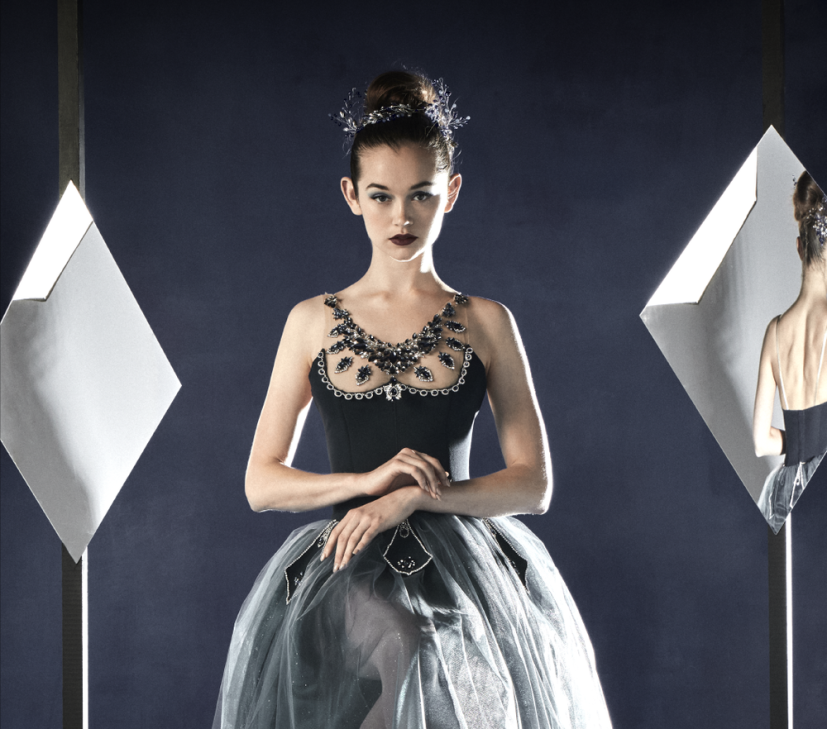In 1967, the New York Ballet premiered George Balanchine's Jewels. The work is cast in three glittering movements, although Balanchine initially intended a fourth. This month, the American Contemporary Ballet presents an ending to Balanchine's work in Sapphires.
Balanchine never mounted Sapphires because he thought blue would be too difficult to bring out on stage. That is not a problem for the more intimate ACB, said co-founder, choreographer, director, and mastermind behind the staging of Sapphires, Lincoln Jones. He said in an interview with the LA Times: "For our intimate venue, it works. But for a larger stage I can see it not popping as much as the other jewels. That was way more than enough to deter him. Balanchine was a very theatrical thinker, but he did it with such limited means. It's one of the things that makes his art so great - the efficiency with which he creates such impressive effects."

Balanchine's original Jewels is a plotless ballet, presented in three movements each using music from a different composer. The first, Emeralds, is danced to Gabriel Faure; the second, Rubies, to Igor Stravinsky; and the third, Diamonds, to Tchaikovsky. Balanchine said of the work: "The ballet had nothing to do with jewels. The dancers are just dressed like jewels."
Jones draws heavily from Balanchine's original intentions, choreographing Sapphires to Arnold Schoenberg-specifically to his Suite for String Orchestra in G major-and building on what he believes "was always Balanchine's true subject - the exaltation of feminine beauty." The costumes of Sapphires also draws inspiration from Barbara Karinska, who made the heavily-praised costumes for Jewels.
Premiering on June 6, Jones' Sapphires runs until June 29 in Los Angeles, and is presented with excerpts from Balanachine's La Source, danced to music by Leo Delibes.